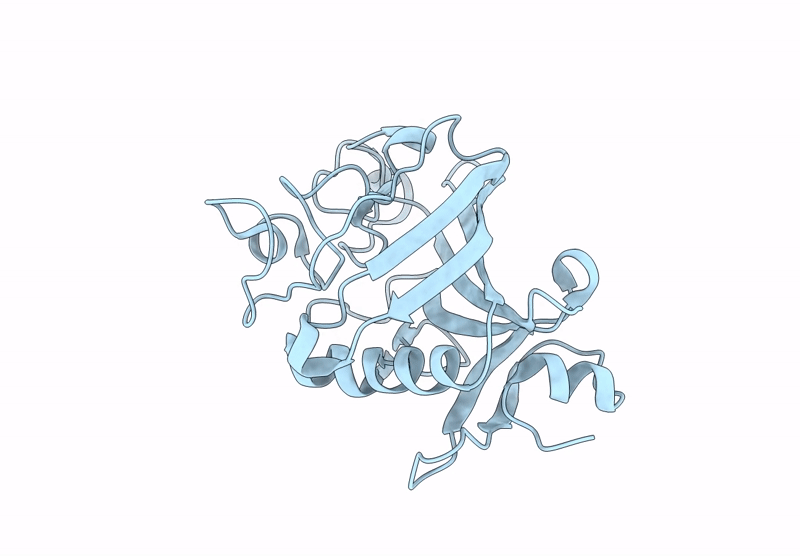
Deposition Date
2024-07-24
Release Date
2025-07-02
Last Version Date
2025-07-02
Method Details:
Experimental Method:
Resolution:
2.28 Å
R-Value Free:
0.24
R-Value Work:
0.19
R-Value Observed:
0.19
Space Group:
P 64 2 2


